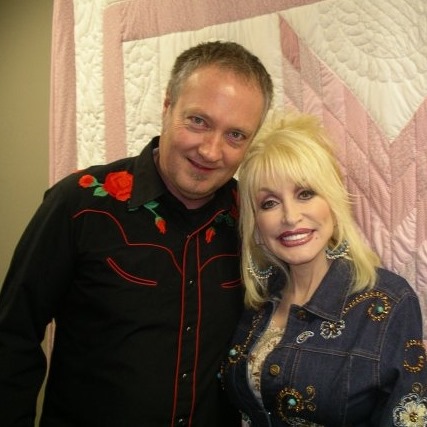Siouxsie & The Banshees – Make Up To Break Up / Metal Postcard (Mittageisen)
15th September 2022 · 1970s, 1977, Music, PunkJohn McKay’s electric guitar, always on the brink of going out of tune, seared and sawed like an angle-grinder; Steve Severin’s bass lurched like a small boat bobbing on a turbulent ocean; and Kenny Morris’s drums pounded out tribal rhythms.
In the space between (and space was the key component) Siouxsie’s stentorian vocals added a teutonic tone, accentuated by her jerky, puppet-like stage movements.
For me they conjured the futuristic urban dystopia of Fritz Lang’s mechanical Metropolis; for Vivien Goldman they sounded “like a 21st century industrial plant.”
Siouxsie had made her live debut at that seminal 100 Club punk festival in September 1976 with Steve Severin on bass, Marco Pirroni on guitar and Sid Vicious on drums, performing an improvised 20-minute version of The Lord’s Prayer.
It would be more than a year before they made this, their first TV appearance, on Tony Wilson’s show So It Goes in November 1977. That same month they recorded their first John Peel session.
During that intervening year it seemed as if major labels were tripping over each other to sign every band with spiky hair and safety pins – every band except the two female ones, Siouxsie Sioux and the Slits.
I don’t suppose Siouxsie’s ice-maiden vibe appealed to the A&R men looking for a new Kate Bush or Stevie Nicks. It got so bad that grafitti began being sprayed on walls all around London during late 1977 and early 1978 screaming “SIGN THE BANSHEES!”
Eventually, in June, they were signed by Polydor, and recorded their first single, Hong Kong Garden, with its distinctive glockenspiel intro, produced by Steve Lillywhite.
As if to prove the best things come to those who wait, it reached no.7 in the singles chart and set them on the way to a long and fruitful career.
My favourite memory, though, is a tabloid story about a pub landlord who found the solution to emptying his pub at closing time by playing its dirge-like B-side Voices on the jukebox.
